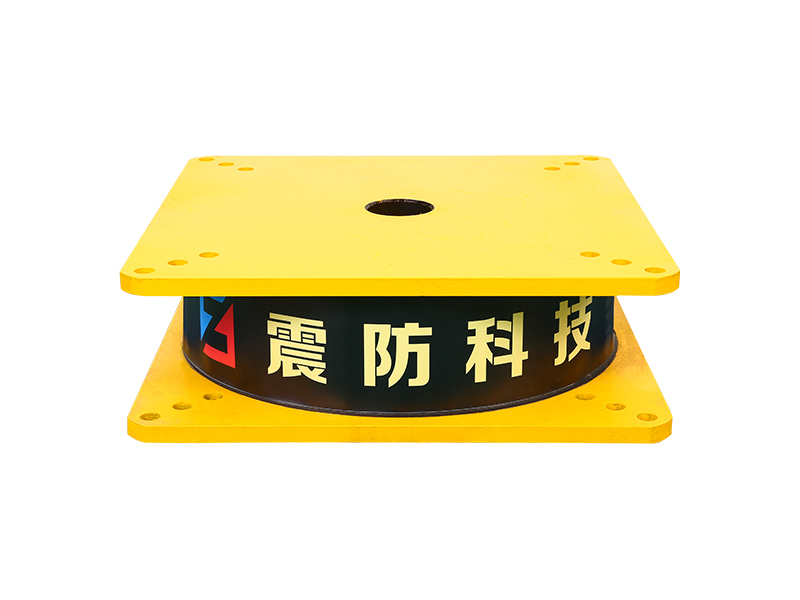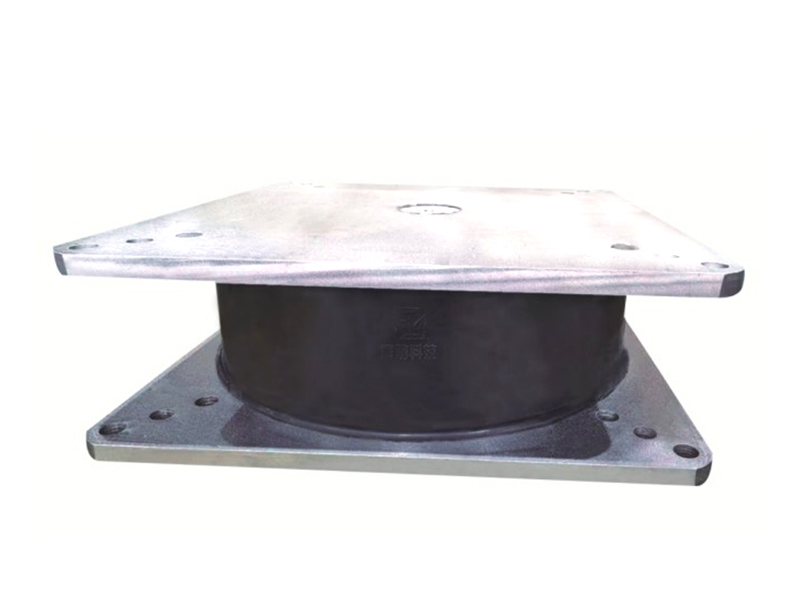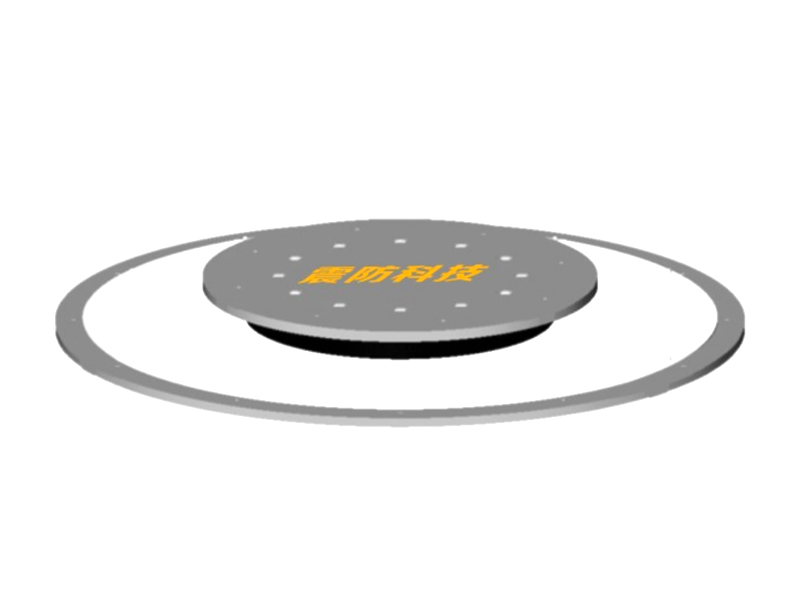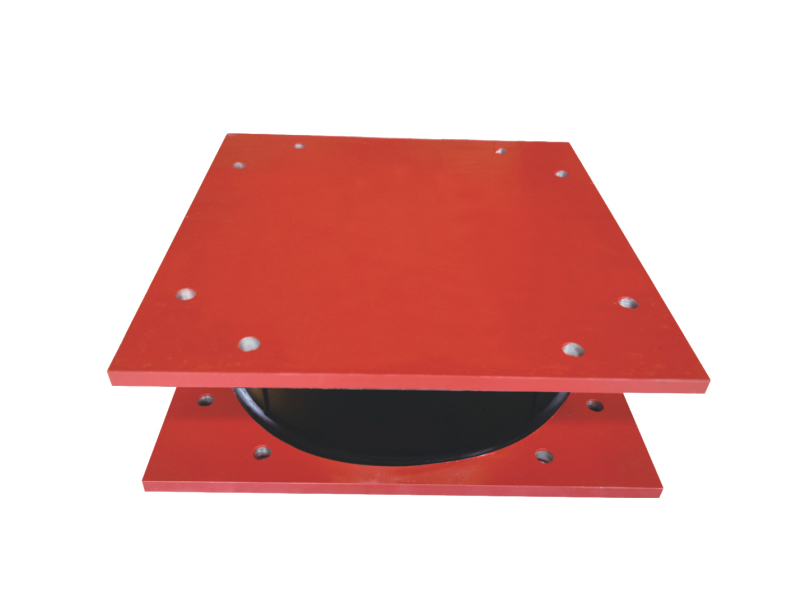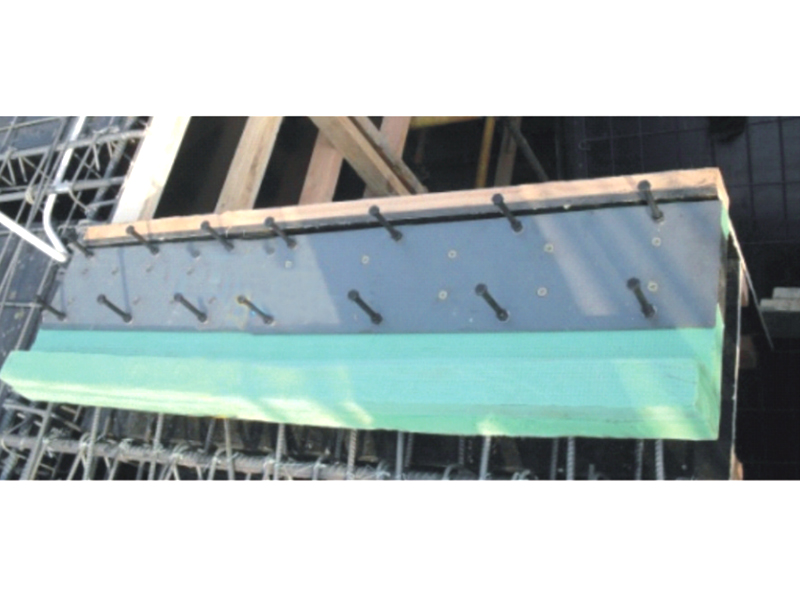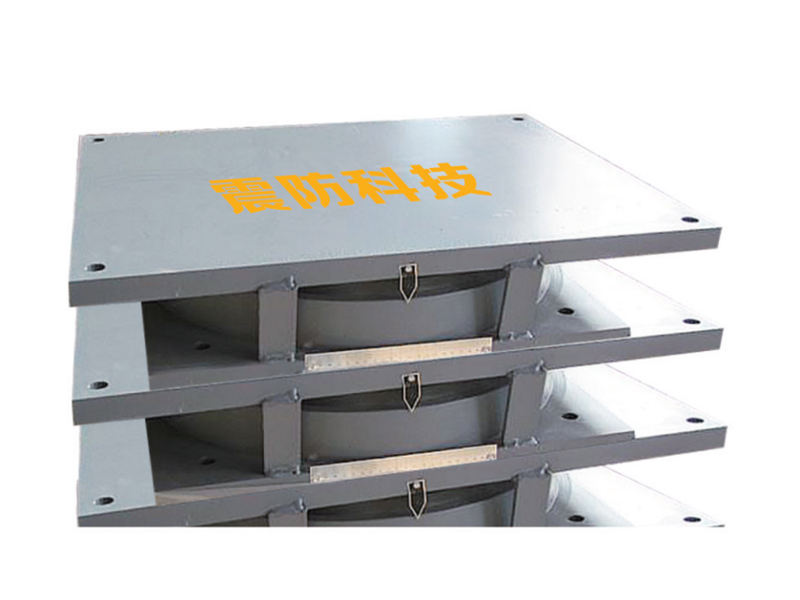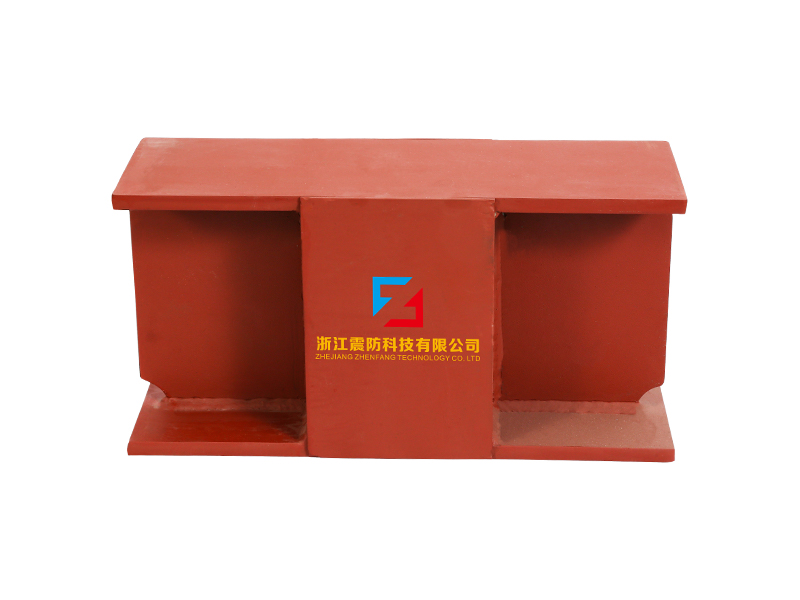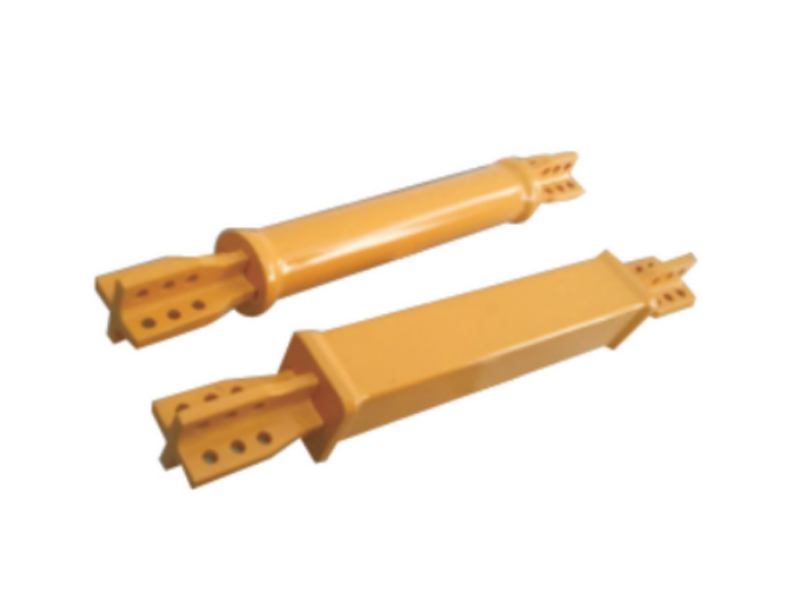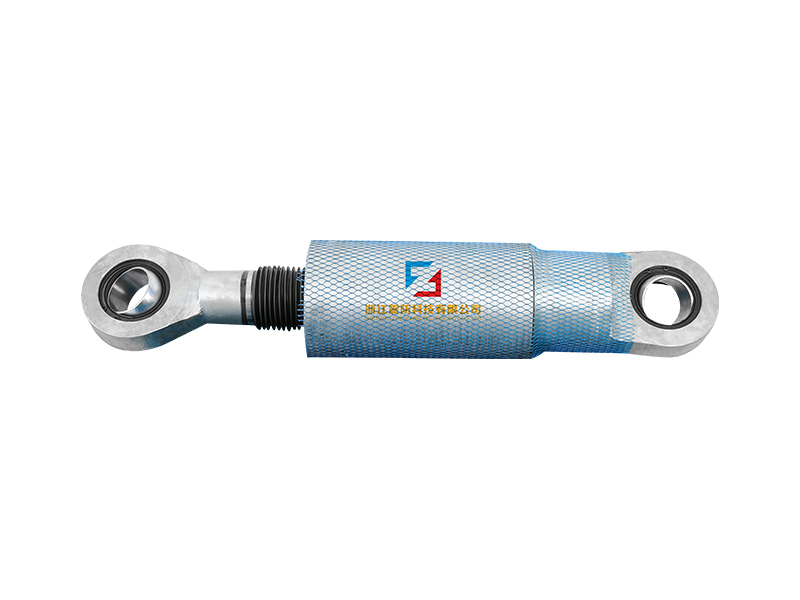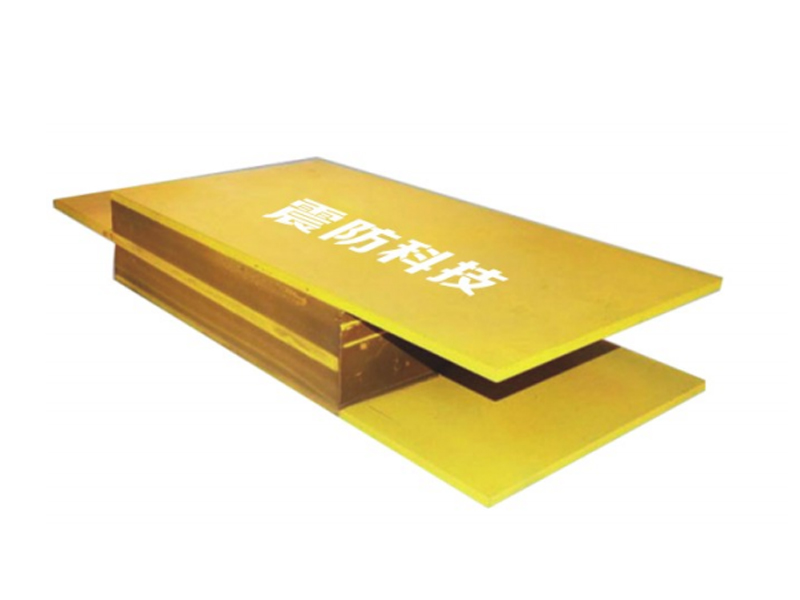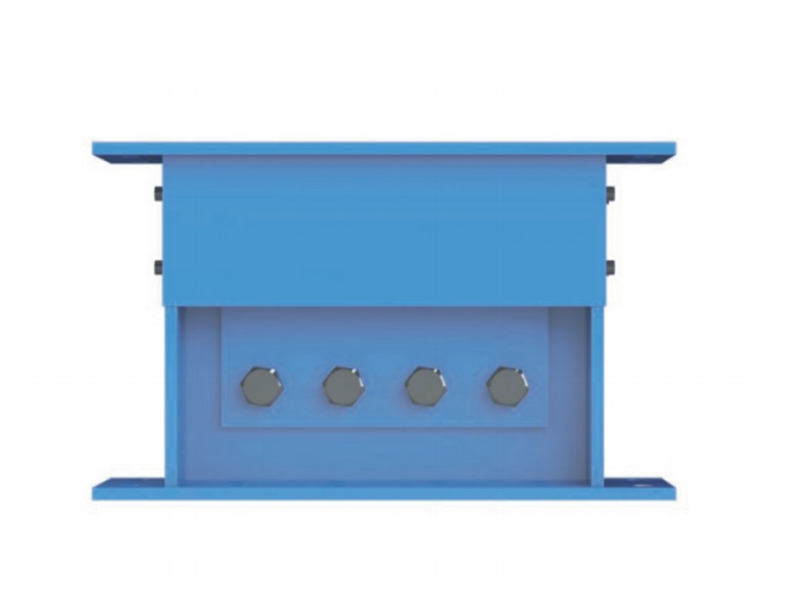If you are an engineer, you should be familiar with the different types of seismic isolation bearings. These are elastomeric, pretensioned fibers, and lead. The last part of this report presents a design example of a second prototype roller seismic isolation bearing. This type of bearing is intended for use in bridges in high seismicity areas.
Lead
Lead seismic isolation bearings are a key component of an earthquake-resistant structural system. These bearings are highly elastic, durable and easy to install. They also have a stable bilinear behavior that limits damage. During an earthquake, un-isolated buildings vibrate in different directions and deform due to the inertial forces. The lead seismic isolation bearing prevents such deformations and damages. It dissipates the inertial forces, thereby extending the period of vibration and reducing the acceleration of the building.
The design of seismic isolation bearings should consider these unique bearing behaviors, which should be replicated by a mathematical model. Prior to this research, existing mathematical models for elastomeric bearings were prone to significant limitations, which required extensive experimental calibration. By employing state-of-the-art simulation and sensitivity techniques, the research team has developed an effective and efficient way to model these unique bearings. Ultimately, they have discovered the fundamental mechanism responsible for controlling bearing stability.
Pretensioned fibers
A structure made of reinforced fibers for seismic isolation bearing can be pretensioned prior to a seismic event to compensate for any displaced loads. The height of the bearing is generally prescribed by the design code and the horizontal period of the structure is already prescribed. The elastomer used to create the pretensioned fibers is important because it affects the damping factor B. However, the chosen elastomer and the degree of bearing strain must be considered.
Another material that can be used to improve the performance of a structural element is a composite. Pretensioned fibers are woven into a matrix to increase the strength and stiffness of the composite. These composites have a low cost and are easy to fabricate. They can be produced as individual U-FREIs by cutting large sheets. This material also provides significant frictional damping.
elastomeric
The design of an elastomeric seismic isolation bearing is a combination of sliding rings and confined rubber to resist vertical loads and absorb energy. The elastomeric core is contained between steel sliding rings. These rings control the lateral deformation of the rubber core and dissipate energy through sliding on each other. Friction forces, which are limited by gravity loads, are also absorbed by the rings.
The elastomeric seismic isolation bearing of the invention is comprised of a stacked series of elastomeric laminae. The stacked height of the unit corresponds to the overall horizontal and vertical stiffness. At least one of the laminae contains a series of pretensioned continuous fibers. FIGS. 1 and 2 show schematic perspective views of two different embodiments of the isolation bearing.
Structural health monitoring
In order to improve the seismic isolation capability of the structure, it is necessary to monitor its behavior. There are several methods of seismic isolation, including active control, sensor networks, and data analysis. In this article, we analyze the basic principle and technical features of seismic isolation technology. One method is seismic isolation with reticulated shell structure. It prevents the upward transmission of ground vibration. We will discuss the benefits of seismic isolation with reticulated shell structure.
To perform this monitoring, a reliable and stable measurement method is essential. The system should be able to collect data in real time and be resistant to extreme weather conditions. It should also be able to evaluate the force state of the structure in real time. The simplest and most effective method is based on drift ratios linked to PBEE. This method has been used successfully in multiple buildings in the US and abroad.
Methods
The present study investigates the effects of seismic isolation bearing on the performance of structures subjected to short and long-period earthquakes. Its primary objective is to verify and evaluate hypotheses presented in previous expositions. In this study, we consider long-period earthquakes with intermediate periods of 1.5-2.5 s. We also examine the impact of reducing lateral strength on the axial displacement response of a seismic isolation bearing.
The design procedure is based on the conventional laminated rubber-steel bearing. We then apply the same methodology to fiber-reinforced elastomeric seismic isolation bearings. The process is similar for circular planform bearings. Once we understand the basic concept, the next step is to specify the elastomer and reinforcing fiber materials used. Then, we can decide whether or not to apply a seismic isolation bearing to our structure.
